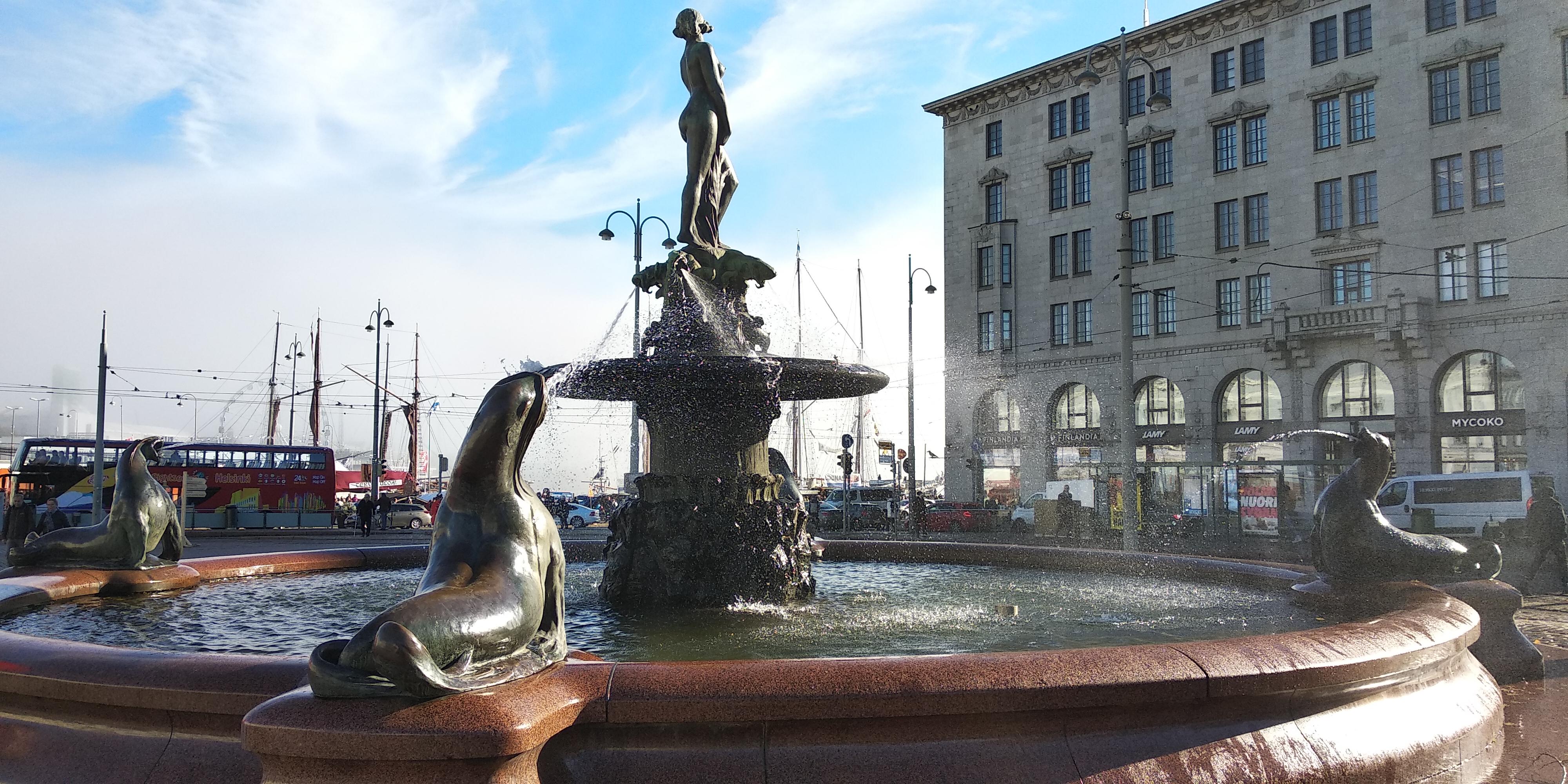|
Kaartinkaupunki
Kaartinkaupunki ( sv, Gardesstaden) is a Subdivisions of Helsinki#Neighbourhoods, neighbourhood in the southern part of Helsinki, Finland. Kaartinkaupunki consists of the area between the Esplanadi park and the Tähtitornin vuori park. Its area was first confirmed in 1812, but the neighbourhood was only named in 1959. It is neighbourhood number 3 in Helsinki, belonging to the Ullanlinna district and to the Southern main district. Kaartinkaupunki was named after the old Russian army barracks located near Kasarmitori. The oldest part of the barracks was built in 1822. It was originally built as a residence for the Helsinki training battalion, which later became the Guard of Finland. The neighbourhood has a land area of . In 2005, it had a population of 881, and in late 2003, it had 11,001 jobs. Kaartinkaupunki includes the Esplanadi park, the Helsinki Market Square, and the streets of Pohjois- and Etelä-Esplanadi. It does not include any of the buildings on Pohjoisesplanadi, b ... [...More Info...] [...Related Items...] OR: [Wikipedia] [Google] [Baidu] |
Kolmikulma
Kolmikulma ( sv, Trekanten; literally meaning "Triangle"), also known as the Diana Park, is a small, rectangular triangular-shaped park located in the Kaartinkaupunki district in the city center of Helsinki, Finland. It is limited by the Yrjönkatu, Uudenmaankatu and Erottajankatu streets. The park was renovated in 2006 and 2007. The Kolmikulma Park is located at the intersection of the three districts; although the park belongs to the Kaartinkaupunki district, there is the Punavuori district just southwest of the quarter and the Kamppi district to the northwest. The triangular nature of the park is due to its location on the border of two grid pattern areas in different directions. The houses surrounding the block were built mainly in the late 19th and early 20th centuries. For a long time, the National Board of Customs operated in the house north of the park. On Yrjönkatu, next to the park, there was a movie theatre Diana for 25 years and then a cinema called ''Lasten Cinema ... [...More Info...] [...Related Items...] OR: [Wikipedia] [Google] [Baidu] |
Esplanadi
Esplanadi ( sv, Esplanaden), colloquially known as Espa, is an esplanade and urban park in downtown Helsinki, Finland, situated between the Erottaja square and the Market Square. It is bordered on its northern and southern sides by the Pohjoisesplanadi (''Norra Esplanaden'', North Esplanadi) and Eteläesplanadi (''Södra Esplanaden'', South Esplanadi) streets, respectively. Aleksanterinkatu runs parallel to Esplanadi. Esplanadi is well known as a popular walking area, and street performances are also often held in the park. Designed by the architect Carl Ludwig Engel, the park was originally opened in 1818. In 1827, Engels Teater (the predecessor of the Swedish Theatre), the first theatre building in Helsinki, also designed by Engel, was erected in a corner of the park. Centered in the park is a statue of Johan Ludvig Runeberg, the national poet of Finland, by his son Walter Runeberg. Other public art pieces include works by Viktor Jansson, Gunnar Finne and Lauri Leppänen. ... [...More Info...] [...Related Items...] OR: [Wikipedia] [Google] [Baidu] |
Havis Amanda
''Havis Amanda'' is a fountain and a statue in Helsinki, Finland by the sculptor Ville Vallgren (1855–1940). The work was modelled in 1906 in Paris, and erected at its present location at the Market Square, Helsinki, Market Square in Kaartinkaupunki in 1908. Today it is recognized as one of the most important and beloved pieces of art in Helsinki. Sculpture The ''Havis Amanda'' is one of Vallgren's Parisian Art Nouveau works. Cast in bronze, it rests on a fountain made of granite. The sculpture is of a mermaid standing on seaweed as she rises from the water, with four fish spouting water at her feet, surrounded by four sea lions. Vallgren's intention was to symbolize the rebirth of Helsinki. The height of the statue is and with the pedestal it stands tall. According to Vallgren's letters the model for the statue was a then 19-year-old Parisian woman, Marcelle Delquini. Vallgren himself simply called the work ''Merenneito'' ( en, italic=yes, The Mermaid), but it quickly st ... [...More Info...] [...Related Items...] OR: [Wikipedia] [Google] [Baidu] |
Kluuvi
Kluuvi (; sv, Gloet) is the commercial centre of Helsinki, Finland, and a neighbourhood in the Vironniemi district of Helsinki. The Helsinki Central railway station, Hotel Kämp and Hotel Arthur, the Helsinki main post office, the Stockmann and Sokos department stores, the Kluuvi shopping centre and the main offices of Finnish banks are located in Kluuvi. Kluuvi includes the central campus of the University of Helsinki, the Ateneum art museum, and the movie theatres Maxim, Kinopalatsi and Bristol. The northeastern part of Kluuvi, which includes the Kaisaniemi park, is commonly called Kaisaniemi, but it is not the official name of any neighbourhood in Helsinki. The neighbourhood is home to 23,000 jobs and several hundred inhabitants. The official name of the neighbourhood is very seldom used in everyday speech, Helsinkians usually refer to the area as "the centre" (''keskusta'') or "the core centre" (''ydinkeskusta''). History The Finnish word ''kluuvi'' and the Swedish word '' ... [...More Info...] [...Related Items...] OR: [Wikipedia] [Google] [Baidu] |

